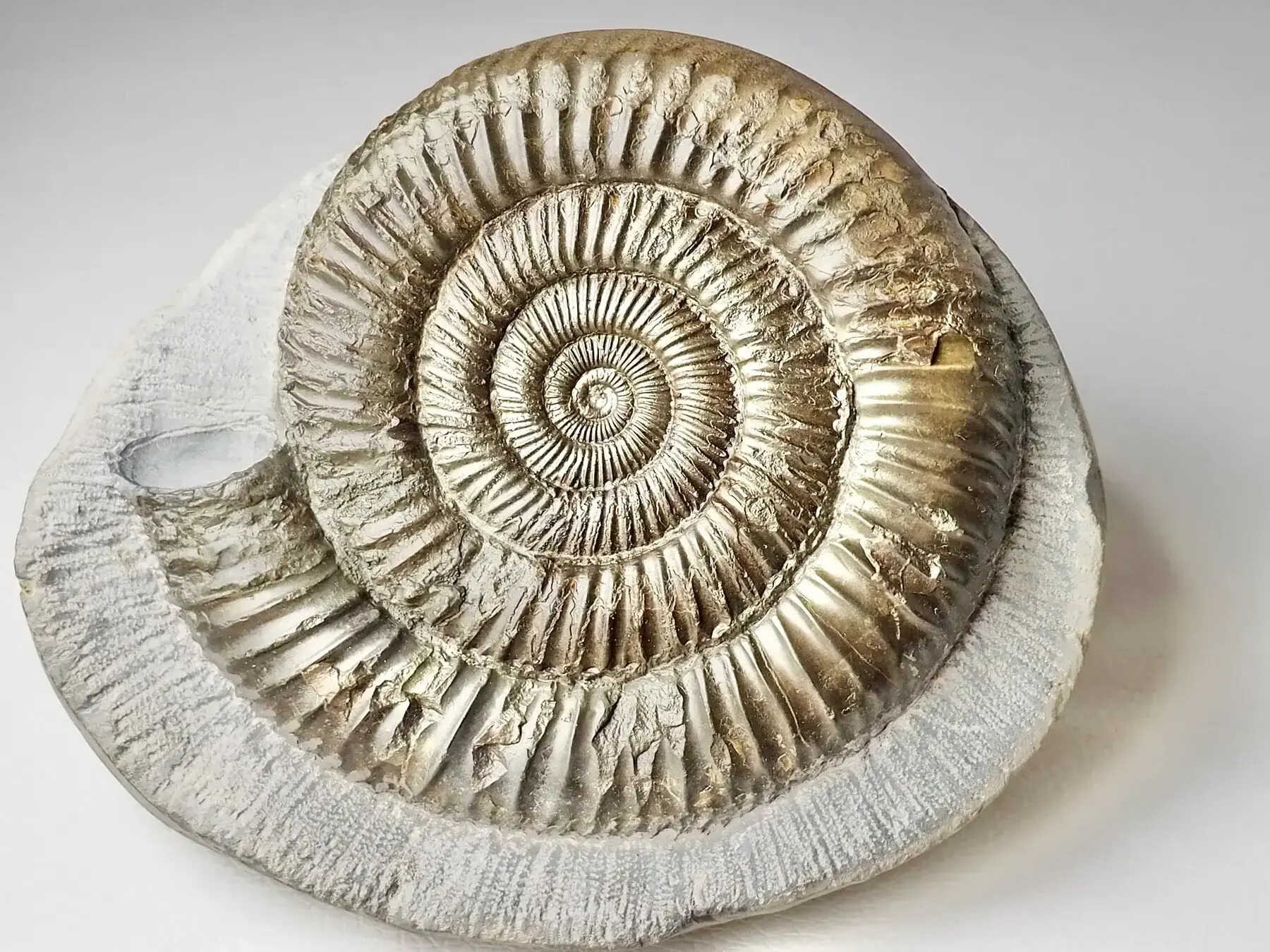
Ammonites, those spiral-shelled wonders, are more than just ancient sea creatures. These fascinating fossils tell us stories from millions of years ago. Imagine a time when dinosaurs roamed the Earth and ammonites swam in vast oceans. Their intricate shells, often found in rocks, reveal secrets about Earth's history. Did you know they were once mighty predators? With tentacles like modern squids, they hunted in the deep. Their extinction, around 66 million years ago, coincided with the dinosaurs' disappearance. Why did they vanish? Scientists believe a massive asteroid impact played a role. Today, ammonites captivate fossil hunters and scientists alike, offering clues about past climates and environments. Their beauty and mystery continue to inspire curiosity and wonder. Want to learn more about these ancient marvels? Dive into the world of ammonites and uncover their secrets!
Key Takeaways:
- Ammonites were ancient marine creatures with spiral shells, related to modern squids and octopuses. They lived during the Mesozoic Era and became extinct around the same time as the dinosaurs due to asteroid impact and volcanic activity.
- Ammonite shells are coiled, with diverse shapes and sizes. They are important for dating rock layers, revealing past environments, and inspiring art and jewelry.
What Are Ammonites?
Ammonites were marine creatures that lived millions of years ago. They are known for their spiral shells and are often found as fossils. These ancient animals are related to modern-day squids and octopuses.
-
Ammonites lived during the Mesozoic Era. This era spanned from about 252 to 66 million years ago, covering the Triassic, Jurassic, and Cretaceous periods.
-
Their name comes from the Egyptian god Ammon. The spiral shape of their shells resembled the horns of the god Ammon, who was often depicted with ram's horns.
-
Ammonites were cephalopods. This means they were part of the same group as squids, octopuses, and cuttlefish.
How Did Ammonites Live?
These fascinating creatures had unique lifestyles and adaptations that helped them thrive in ancient oceans.
-
They had tentacles. Like modern cephalopods, ammonites used tentacles to catch prey and navigate their environment.
-
Ammonites were predators. They fed on small marine animals, using their beak-like jaws to capture and consume their prey.
-
They moved using jet propulsion. By expelling water through a funnel-like structure, ammonites could propel themselves through the water.
What Did Ammonite Shells Look Like?
Ammonite shells are one of their most distinctive features, with intricate patterns and shapes.
-
Their shells were coiled. The spiral shape provided strength and buoyancy, allowing ammonites to float and move easily.
-
Shells had chambers. As ammonites grew, they added new chambers to their shells, which they used to control buoyancy.
-
Some shells were ribbed or smooth. The surface of ammonite shells varied, with some having ridges or bumps while others were smooth.
Why Are Ammonites Important?
Ammonites hold significant value for scientists and collectors alike, offering insights into Earth's history.
-
They are index fossils. Ammonites help geologists date rock layers, as they evolved rapidly and are found worldwide.
-
Ammonites indicate past environments. Their presence in rock layers can reveal information about ancient marine conditions.
-
They are popular with collectors. Ammonite fossils are sought after for their beauty and historical significance.
How Did Ammonites Become Extinct?
The extinction of ammonites marked the end of an era, coinciding with a major event in Earth's history.
-
They went extinct 66 million years ago. This was around the same time as the dinosaurs, during the Cretaceous-Paleogene extinction event.
-
A massive asteroid impact contributed to their extinction. The impact caused drastic changes in climate and ocean conditions, which ammonites could not survive.
-
Volcanic activity also played a role. Intense volcanic eruptions released gases that altered the atmosphere and oceans, further challenging ammonite survival.
What Are Some Interesting Ammonite Facts?
Beyond their scientific importance, ammonites have fascinating traits and stories.
-
Some ammonites were huge. While many were small, some species grew to over 6 feet in diameter.
-
Ammonites had diverse shell shapes. While most were spiral, some had uncoiled or irregular shapes, showing a wide range of adaptations.
-
They are found on every continent. Ammonite fossils have been discovered worldwide, even in Antarctica.
-
Ammonites inspired art and jewelry. Their intricate patterns and shapes have been used in various forms of art and adornment.
-
They are related to the nautilus. The modern nautilus is a distant relative, sharing the coiled shell characteristic.
-
Ammonites are named after a god. The name "ammonite" is derived from the Egyptian god Ammon, whose ram's horns resemble the spiral shells.
The Last Word on Ammonites
Ammonites, those spiral-shelled wonders, have fascinated scientists and enthusiasts alike. These ancient marine creatures, which thrived for millions of years, left behind fossils that continue to captivate us today. Their intricate shell patterns and evolutionary significance offer a glimpse into Earth's distant past. Understanding ammonites helps us piece together the puzzle of our planet's history, shedding light on mass extinctions and climate changes.
Their fossils are not just beautiful; they're scientific treasures that provide clues about ancient oceans and the creatures that inhabited them. From their role in the food chain to their use in dating rocks, ammonites have left an indelible mark on our understanding of the natural world. As we continue to study these remarkable creatures, we gain a deeper appreciation for the rich tapestry of life that has existed on Earth.
Frequently Asked Questions
Was this page helpful?
Our commitment to delivering trustworthy and engaging content is at the heart of what we do. Each fact on our site is contributed by real users like you, bringing a wealth of diverse insights and information. To ensure the highest standards of accuracy and reliability, our dedicated editors meticulously review each submission. This process guarantees that the facts we share are not only fascinating but also credible. Trust in our commitment to quality and authenticity as you explore and learn with us.
